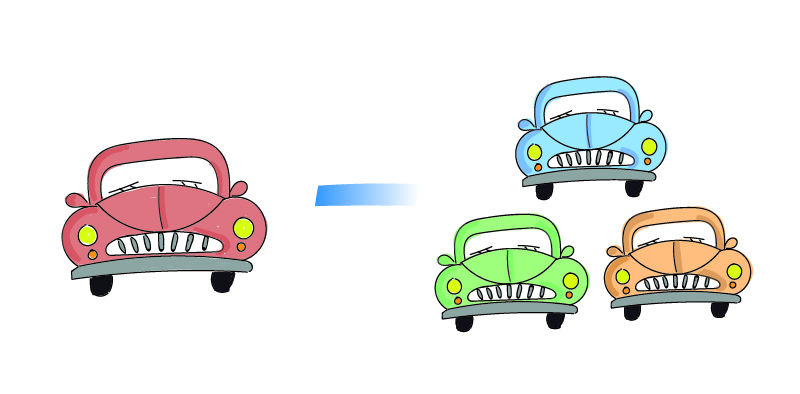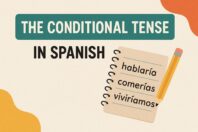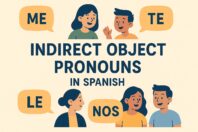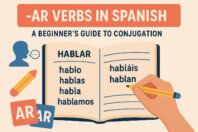Spanish Singular and Plural (Explained Like You’re Five)

Get our free email course, Shortcut to Conversational.
Have conversations faster, understand people when they speak fast, and other tested tips to learn faster.
More infoOne of the benefits of Spanish is just how consistent it is. In English, we have so many exceptions for everything. Gooses? Nope! Geese.
Luckily there’s none of that in Spanish. The rules are super simple.
To make a singular noun (apple / manzana) plural (apples / manzanas), all you need to do is look at the last letter in the word.
If it ends in a vowel
If the word ends in a vowel (a, e, i, o, u), just add the letter S at the end of the word. For instance:
- Cama (bed) ends in the letter A, so we just have to add S at the end of the word and the plural form would be camas (beds).
- Carro (car), ends in a vowel or, so we add the letter S at the end of the word, and the plural form would be carros (cars).
If it doesn’t end in a vowel
If the word ends in a consonant (anything other than a, e, i, o, u) we must add ES at the end of the word to make it plural. For instance:
- Ciudad (city), ends in D so we add ES at the end to make it plural, making it ciudades (cities).
- Autobús (bus) ends in the letter S, so we must add ES at the end of the word to make it plural, making it autobuses (buses).
If it ends in ú or í
If the last letter is a ú, í or accentuated, we also add ES. For example:
- El jabalí – los jabalíes.
- El bambú – los bambúes.
If this seems weird, read the all of the examples we’ve used thus far, then try just saying “bambús”. It sounds off.
If it ends in Z
If the word end in Z you need to change the Z for CES. For instance:
- Pez = peces.
- Lápiz = lápices.
- Lombriz = lombrices.
This may look weird when you see it written, but spoken there’s no change in sound. Just like in English, the C in these words sounds like an S. And since a Z also sounds like an S, when it comes to saying these words, you don’t notice that the Z becomes a C.
Here’s how the pronunciation would be:
- Pes = Peses.
- Lápis = lápises.
- Lombris = lombrises.
Not confusing anymore, hey?
And that’s it. No more rules, no exceptions to these rules.
Practice Spanish Singulars and Plurals
Want to train these rules with our flashcards? Just click here and we’ll give you free access to our Private Memrise flashcard decks, for all of our lessons including this one. They’re the same flashcards our students use! Get that here.
Practice Quiz
If you just want to practice a few, use the table below. Cover the right side with your hand and quiz yourself.
| Singular | Plural |
|---|---|
| Azul | Azules |
| Mesa | Mesas |
| Celular | Celulares |
| Hamburguesa | Hamburguesas |
| Elefante | Elefantes |
| Ciudad | Ciudades |
| Veloz | Veloces |
| Hotel | Hoteles |
| Persona | Personas |
| Árbol | Árboles |
| Maní | Maníes |
| Pizza | Pizzas |
| Casa | Casas |
| Color | Colores |
| Tenaz | Tenaces |
| Aeropuerto | Aeropuertos |
| Teléfono | Teléfonos |
| Mar | Mares |
| Computador | Computadores |
| Calle | Calles |
That’s it! Super easy concept.



